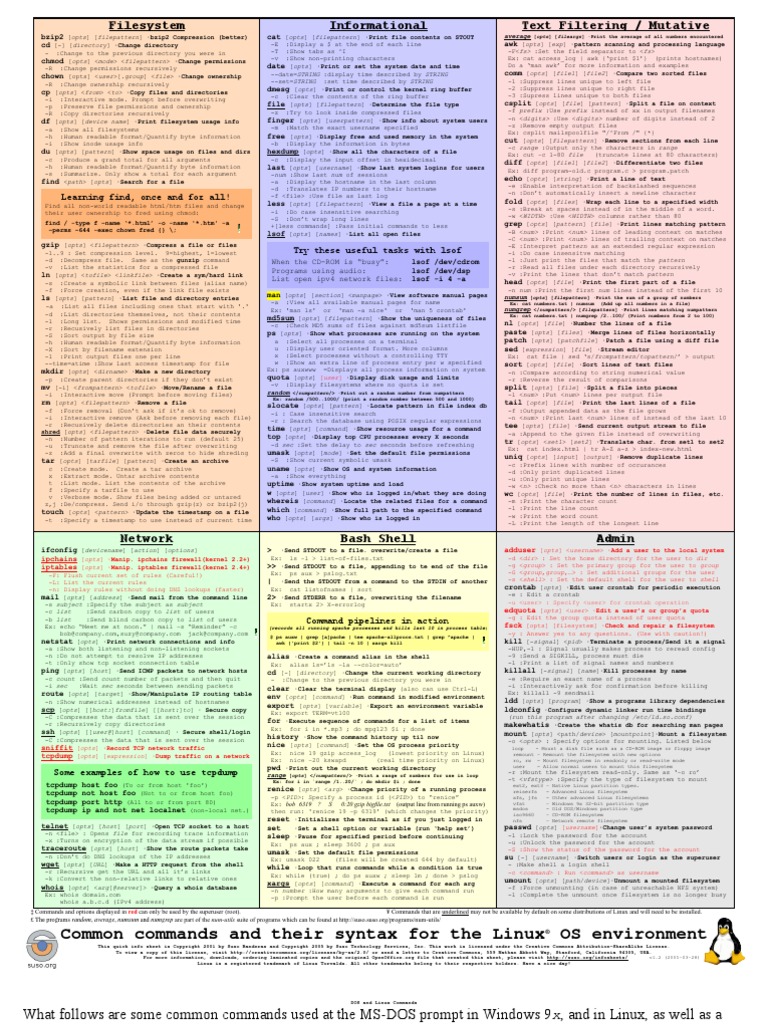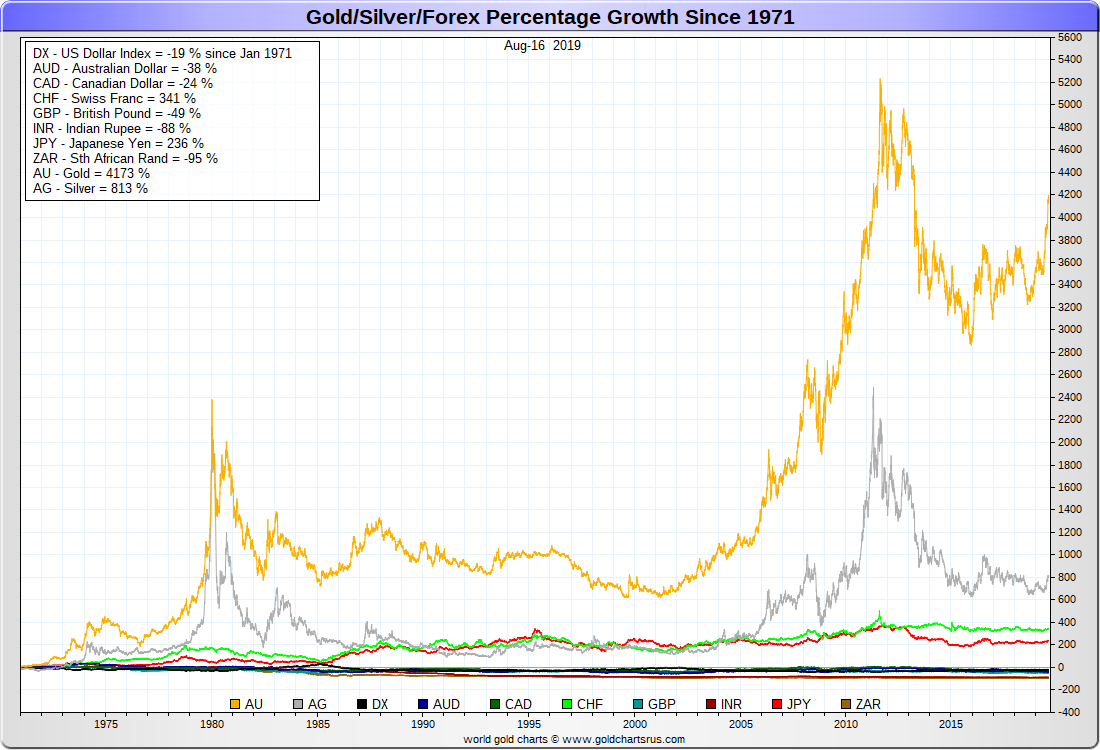We can group the resultset in SQL on multiple column values. All the column values outlined as grouping standards ought to match with different records column values to group them to a single document. Let us use the mixture functions within the group by clause with multiple columns. Group by is completed for clubbing collectively the data which have the same values for the standards which would possibly be defined for grouping. Grouping on a number of columns is most often used for generating queries for reviews, dashboarding, and so forth. The similar knowledge are organized in teams, and the data is shuffled accordingly primarily based on partition and condition. This situation could be primarily based on a quantity of column values Advance aggregation of Data over a quantity of columns is also supported by PySpark Group By. Post performing Group By over a Data Frame; the return kind is a Relational Grouped Data set object that contains the aggregated function from which we are in a position to combination the Data. Postgresql database, like different databases, can store knowledge that remain intact for a long time. This may be done by removing redundancy from the data in the schema by maintaining concurrency and accuracy of information current.
While adding knowledge in relations, you would possibly encounter such a state of affairs by which you don't notice the replication of the inserted data on the time of inserting. To take away the rubbish values or comparable data, we want some special capabilities to maintain the remainder of the values unique and distinct. By using this operate, we are ready to get data relating to the info present in the desk. Postgresql deals with the depend () very successfully by displaying knowledge to the provided conditions. To get the distinct data or the values when it comes to discrimination with other knowledge, we'd like some totally different commands and the count (). This article will highlight the examples utilized on totally different relations to elaborate the idea of counting unique values in PostgreSQL. In this tutorial, you'll learn how to use Pandas to count unique values in a groupby object. When we're working with giant data sets, sometimes we have to apply some function to a particular group of data. For example, we've a data set of countries and the personal code they use for private matters. Listed under are the totally different methods from groupby() to depend unique values. In this article, I will explain tips on how to use groupby() and sum() features together with examples. Group by & sum on single & a quantity of columns is completed by a quantity of ways in pandas, some amongst them are groupby(), pivot(), transform(), and aggregate() functions. Use DataFrame.groupby().sum() to group rows based on one or multiple columns and calculate sum agg function. Groupby() operate returns a DataFrameGroupBy object which accommodates an aggregate perform sum() to calculate a sum of a given column for each group. To get the distinct values, right here we another methodology to make use of. The "distinct" keyword is used with a operate depend (), and a clause that's "group by". The rely operate counts the values from the handle column which are obtained through the distinct perform. Besides the question outcome, if we randomly assume to depend the distinct values, we'll come with a single value for each item. Because because the name signifies, distinct will convey the values one either they are current in numbers.
Similarly, the depend function will show solely a single value. Now that we've realized about pivot_longer() and pivot_wider() we're going to put these functions to use to fix a problem with the way that our knowledge is structured. In the spreadsheets lesson, we realized that it's best apply to have only a single piece of information in each cell of your spreadsheet. In this dataset, we now have several columns which include a quantity of items of information. For instance, the items_owned column accommodates information about whether our respondents owned a fridge, a television, and so on. To make this knowledge easier to analyze, we will cut up this column and create a model new column for every merchandise. Each cell in that column will either be TRUE or FALSE and will point out whether or not that interview respondent owned that merchandise . Let's use pivot_wider() to rework interviews to create new columns for each sort of wall building materials. When utilizing mutate() should you give a single value, it is going to be used for all observations in the dataset. This would require for the interview date to be included in a single column quite than unfold throughout a number of columns. Thus, we would want to remodel the column names into values of a variable. To organize identical information into teams, we use SQL group by clause. The group by single column places all the records having the identical value of solely a selected column into one group. The group by multiple columns technique is used to retrieve grouped column values from one or more tables of the database by contemplating more than one column as grouping standards. The arguments to pivot_longer() and pivot_wider() permit you to pivot a broad range of datasets. To gain extra management over pivotting, you can as a substitute create a "spec" knowledge frame that describes exactly how knowledge saved in the column names becomes variables . This part introduces you to the spec knowledge structure, and present you how to use it when pivot_longer() and pivot_wider() are inadequate. Then we use the new perform separate_rows() from the tidyr package to separate the values of items_owned based on the presence of semi-colons (;).
The values of this variable were multiple objects separated by semi-colons, so this motion creates a row for each merchandise listed in a household's possession. Thus, we end up with a long format model of the dataset, with a number of rows for each respondent. You can move various kinds of syntax contained in the argument for the agg() technique. I selected a dictionary because that syntax might be helpful after we want to apply combination methods to multiple columns afterward on this tutorial. By the top of this tutorial, you'll have discovered tips on how to depend unique values in a Pandas groupby object, using the incredibly useful .nunique() Pandas methodology. Group By can be utilized to Group Multiple columns along with multiple column names. Group By returns a single row for each combination that is grouped collectively, and an combination operate is used to compute the worth from the grouped information. In this article, you've discovered to GroupBy and sum from pandas DataFrame utilizing groupby(), pivot(), transform(), and aggregate() operate. Also, you might have learned to Pandas groupby() & sum() on multiple columns. Pandas comes with an entire host of sql-like aggregation functions you can apply when grouping on a quantity of columns. This is Python's closest equivalent to dplyr's group_by + summarise logic. Here's a fast example of how to group on one or a quantity of columns and summarise data with aggregation features utilizing Pandas. First of all, the values of order_no that are distinct from other rows are chosen, and the count perform is utilized to it. The resultant that is obtained after the rely function is arranged in ascending order. The bundle tidyr addresses the frequent problem of wanting to reshape your data for plotting and use by different R functions. Sometimes we want data sets where we've one row per measurement. Sometimes we would like a dataframe where each measurement sort has its personal column, and rows are instead more aggregated teams. Moving backwards and forwards between these formats is nontrivial, andtidyr provides you instruments for this and more refined data wrangling.
A pivot table is composed of counts, sums, or different aggregations derived from a table of data. You could have used this function in spreadsheets, the place you would choose the rows and columns to aggregate on, and the values for those rows and columns. It allows us to summarize information as grouped by different values, together with values in categorical columns. For instance, in our dataset, I want to group by the intercourse column and then across the total_bill column, discover the imply invoice measurement. To be perfectly sincere, each time I truly have to make use of Group By in a query, I'm tempted to return again to uncooked SQL. I find the SQL syntax terser, and more readable than the LINQ syntax with having to explicitly outline the groupings. In an example like these above, it's not too dangerous maintaining everything in the query straight. Once I get to the purpose the place I'm using LINQ to group by multiple columns, my instinct is to back out of LINQ altogether. However, I recognize that that is simply my personal opinion. If you're struggling with grouping by multiple columns, just keep in thoughts that you want to group by an anonymous object. You can also ship an inventory of columns you wanted group to groupby() technique, using this you'll be able to apply a gaggle by on a quantity of columns and calculate a sum over each combination group. For example, df.groupby(['Courses','Duration'])['Fee'].sum() does group on Courses and Duration column and eventually calculates the sum. In this instance, we group the rows by the values of the fruit column and apply the COUNT perform to the id column. The outcome set contains the unique values of the fruit columns and the number of the corresponding rows. You also can get the maximum value of various columns for each group resulting from pandas groupby. For instance, let's get the maximum of mileage "MPG" and "EngineSize" for every "Company" within the dataframe df. "How do I count unique values in PostgreSQL" has a separate working than a simple rely function as it can be used with different clauses.
To fetch the record having a distinct value, we've used many constraints and the count and distinct operate. This article will information you on the concept of counting the unique values in the relation. Only one row for every interview respondent is informative–we know that if the home partitions are made of "sunbrick" they aren't manufactured from any other the opposite materials. Therefore, it would make sense to filter our dataset to solely hold values where wall_type_logical is TRUE. The agg() method permits us to specify a number of functions to apply to each column. Below, I group by the intercourse column and then we'll apply multiple mixture methods to the total_bill column. Inside the agg() method, I pass a dictionary and specify total_bill as the important thing and a list of combination strategies as the worth. We also can group by a quantity of columns and apply an aggregate technique on a special column. Below I group by people's gender and day of the week and find the total sum of those teams' bills. As you possibly can see, apply can have features using a quantity of columns from the dataset . PYSPARK GROUPBY MULITPLE COLUMN is a operate in PySpark that allows to group a number of rows together based mostly on a quantity of columnar values in spark application. The Group By operate is used to group knowledge based on some conditions, and the final aggregated information is proven consequently. Group By in PySpark is just grouping the rows in a Spark Data Frame having some values which may be additional aggregated to some given outcome set. Here we chosen the columns that we needed to compute the maximum on from the ensuing groupby object and then utilized the max() perform.
We already know that the maximum "MPG" is greater for firm "B" but the maximum "EngineSize" is equal for each the businesses. You can use Pandas groupby to group the underlying knowledge on a quantity of columns and estimate useful statistics like rely, imply, median, min, max etc. In this tutorial, we will have a glance at how to get the maximum value for every group in pandas groupby with the assistance of some examples. Spark also supports superior aggregations to do a number of aggregations for the same input document set via GROUPING SETS, CUBE, ROLLUP clauses. The grouping expressions and advanced aggregations may be mixed in the GROUP BY clause and nested in a GROUPING SETS clause. See extra details within the Mixed/Nested Grouping Analytics part. When a FILTER clause is connected to an combination function, solely the matching rows are passed to that perform. The DISTINCT clause is utilized in a SELECT statement to filter duplicate rows in the result set. It ensures that rows returned are unique for the column or columns specified in the SELECT clause. This table, as you'll find a way to see from the snap, has some comparable knowledge in each column. To distinguish the unusual values, we are going to apply the "distinct" command. This query will take a single column, whose values are to be extracted, as a parameter. We need to use the first column of the table as enter of the question. Or under we calculate the typical variety of objects from the list owned by respondents in every village. This code uses the rowSums() operate to count the variety of TRUE values within the bicycle to car columns for every row, therefore its name. Note that we changed NA values with the worth no_listed_items, so we must exclude this value within the aggregation. We then group the data by villages and calculate the mean variety of objects, so each average is grouped by village.
Next, we create a brand new variable named items_owned_logical, which has one value for each row. This is smart, since every merchandise in each row was owned by that household. For instance, I wish to know the count of meals served by individuals's gender for every day of the week. So, name the groupby() methodology and set the by argument to a listing of the columns we want to group by. Below, I group by the intercourse column and apply a lambda expression to the total_bill column. The range is the maximum value subtracted by the minimum value. I also rename the single column returned on output so it is comprehensible. Clause is used together with some mixture capabilities to group columns which have the identical values in several rows. If you've used ASP.NET MVC for any period of time, you've already encountered LINQ within the type of Entity Framework. While many of the basic database calls in Entity Framework are simple, there are some elements of LINQ syntax which are more confusing, like LINQ Group By multiple columns. This perform returns a DataFrame with the 2 range variables. This object has the identical dimension and index as the unique dataset df. Let's study how you can rely the variety of unique values in a Pandas groupby object.
Similar to the instance shown above, you're able to apply a specific transformation to a gaggle. Before we dive into the means to use Pandas .groupby() to count unique values in a group, let's explore how the .groupby() method actually works. This will permit you to perceive why this answer works, allowing you to use it completely different scenarios more simply. The method is extremely versatile and quick, permitting you to answer relatively complex questions with ease. Criteriacolumn1 , criteriacolumn2,…,criteriacolumnj – These are the columns that will be thought-about as the criteria to create the teams within the MYSQL query. There may be single or multiple column names on which the criteria have to be utilized. SQL doesn't allow utilizing the alias as the grouping criteria within the GROUP BY clause. Note that multiple standards of grouping ought to be talked about in a comma-separated format. It's simple to extend this to work with a quantity of grouping variables. You can do that by passing an inventory of column names to groupby as an alternative of a single string value. The output isn't significantly useful for us, as every of our 15 rows has a value for every column. However, this could be very useful where your data set is missing a giant quantity of values. Using the count technique can help to determine columns which are incomplete. From there, you'll find a way to resolve whether to exclude the columns from your processing or to offer default values where needed. Just take away theCol1,within the "Select" clauses of both the above formulation.
Then you'll solely be left with summed values in one method and the count unique values in one other. This would return 5 as there are only 5 unique data on this knowledge set. If I only choose column A, then there would be solely 2 unique values. So far, we now have been working with information frames that have one remark per row, but many essential pivotting problems contain a number of observations per row. You can usually recognise this case as a end result of name of the column that you simply need to appear within the output is a half of the column name within the enter. In this part, you'll discover ways to pivot this kind of knowledge. To get the maximum value of every group, you probably can immediately apply the pandas max() operate to the selected column from the end result of pandas groupby. The following is a step-by-step information of what you have to do. In SQL Server we are ready to find the maximum or minimal value from different columns of the identical data sort using totally different methods. As we can see the primary answer in our article is the most effective in performance and it also has comparatively compact code. Please think about these evaluations and comparisons are estimates, the performance you will note is decided by table construction, indexes on columns, and so on. View the interviews_wide dataframe and spot that there is not any longer a column titled respondent_wall_type. This is as a result of there's a default parameter in pivot_wider() that drops the original column. The values that were in that column have now become columns named muddaub, burntbricks,sunbricks, and cement. You can use dim anddim to see how the variety of columns has changed between the two datasets. With grouping of a single column, you can also apply the describe() methodology to a numerical column.

































































